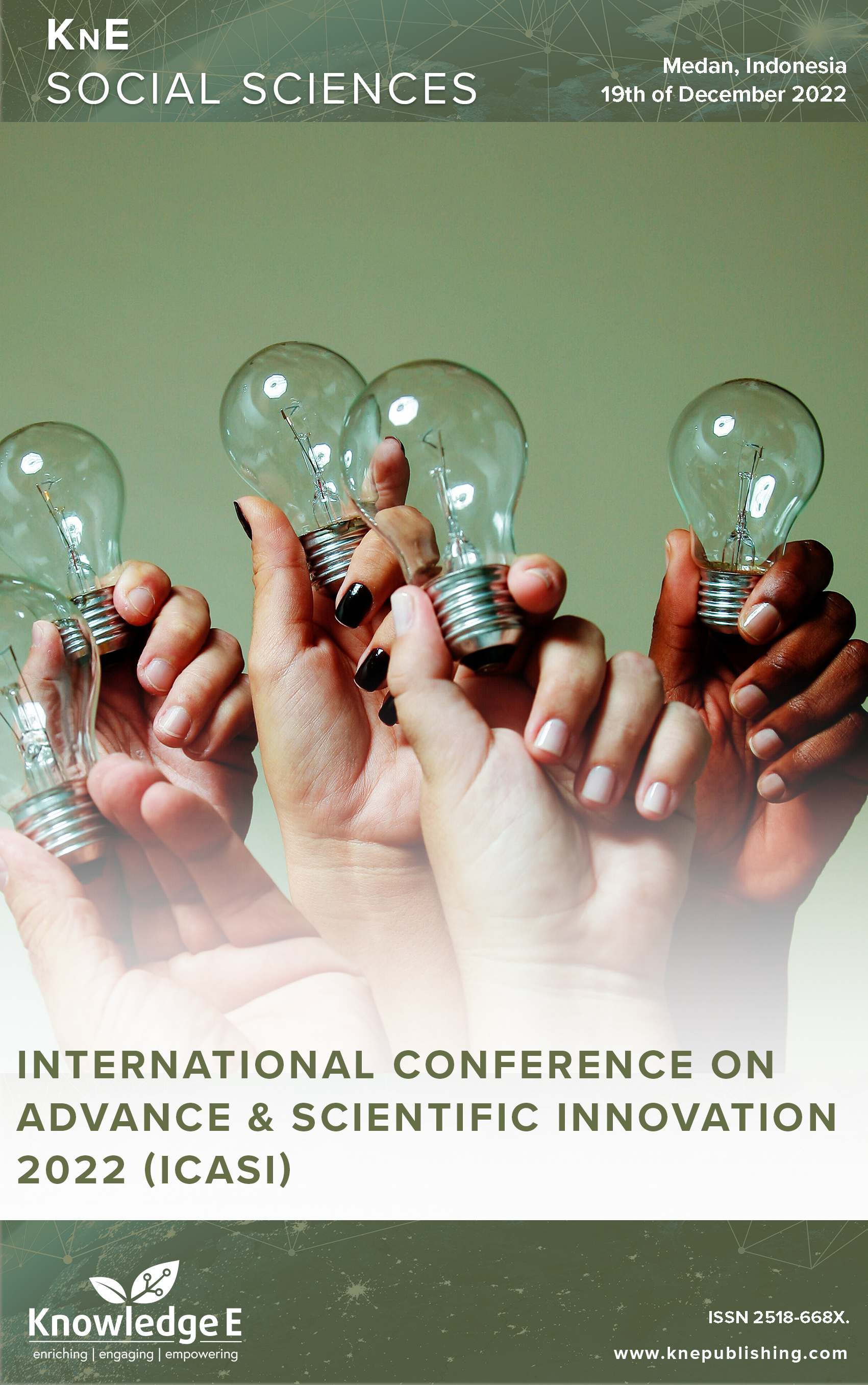The Distribution of Using Clean Water Facilities in Poasia District Kendari City
DOI:
https://doi.org/10.18502/kss.v8i9.13334Abstract
As an international health organization, World Health Organization (WHO) states that clean water is used by humans to meet their domestic needs, starting from consumption, drinking, and food preparation. This study aimed to describe the use of clean water facilities in Poasia District, Kendari City, in 2022. This study employed quantitative descriptive research, which only describes in general how the distribution of clean water facilities in the working are of Poasia Public Health Center, Poasia District, in 2022. This data was obtained from 5 villages in Poasia District, namely Anduonohu Village, Wundumbatu Village, Rahandouna Village, Anggoeya Village, and Matabubu Village. The population was 9074 household heads. The instruments used were laptops, handphones, books, and pens to record the required data. Based on the results of these secondary data, the majority population in Poasia District used more clean water facilities than well-water from January to October 2022. Moreover, the percentage of clean water for households in Poasia District was higher using well-water (7609) than local water supply utility (1465) of 9074 household heads. The provision of clean water for the community has a very important role in improving environmental or community health, including in terms of reducing the number of people with diseases, especially those related to water, and increasing the standard or level/quality of people’s lives.
Keywords: clean water, public health center, Kendari, Sulawesi Tenggara
References
[2] Hayati R, Irianty H, Mahmudah M. “Gambaran Kondisi Jamban Keluarga, Sarana Air Bersih Dan Pola Konsumsi Air Pada Masyarakat Kelurahan Surgi Mufti.” An-Nadaa J Kesehat Masy. 2021;8(1):73.
[3] WHO. “Water safety and quality.” 2020. https://www.who.int/ water_sanitation_health/water-quality/en/
[4] Perpamsi, “Selamat Hari Air Dunia 2018.” 2018. https://perpamsi.or.id/berita/view/ 2018/03/22/468/selamat-hari-air-dunia-2018
[5] WHO. “WHO global water, sanitation and hygiene: Annual Report 2018.” 2019. https://apps.who.int/iris/bitstream/handle/10665/327118/WHO-CED-PHEWSH- 19.147-eng.pdf?ua=1
[6] Rahman A, Tosepu R, Karimuna SR, Yusran S, Zainuddin A, Junaid J. Personal hygiene, sanitation and food safety knowledge of food workers at the university canteen in Indonesia. Public Heal Indones. 2018;4(4):154–161.
[7] Arisanto ZP, Tosepu R, Karimuna SR, Zainuddin A, Yasnani Y, Nurmaladewi N. The correlation between housing sanitation and existence of vectors in Kendari Sub Districts, Indonesia. Public Heal Indones. 2019;5(2):48–53.
[8] Suryandari R. “Teknologi dan Krisis Air.” 2022.
[9] Badan Pusat Statistik Sulawesi Tenggara. No Titl. [Online]. Available: https://sultra.bps.go.id/statictable/2022/03/11/3593/persentase-rumahtanggamenurutkabupaten- kota-sumber-air-minum-bersih-dan-akses-air-minumlayak- 2021.html
[10] Kemenkes. Manfaat Air Bersih dan Menjaga Kualitasnya. 2020. [Online]. Available: https://promkes.kemkes.go.id/manfaat-air-bersih-dan-menjaga-kualitasnya
[11] Menkes. Peraturan Menteri Kesehatan No.416 Tahun 1990 Tentang : Syarat - Syarat Dan Pengawasan Kualitas Air. 1990.
[12] Muthaz BD, Karimuna SR, Ardiansyah RT. Studi Kualitas Air Minum Di Desa Balo Kecamatan Kabaena Timur Kabupaten Bombana Tahun 2016. J Ilm Mhs Kesehat Masy. 2017;2(5):1–9.
[13] Sugriarta E. Hygiene Sanitasi Depot Air Minum. J Sehat Mandiri. 2018;13(1):51–55.
[14] Kemenkes. Laporan Riskesdas 2018 Provinsi Sulawesi Tenggara. Jakarta, 2018.
[15] Efendy ZI, Syamsul D, Idawati. “Faktor yang Berhubungan Tingkat Konsumsi Air Bersih pada Rumah Tangga di Kecamatan Peudada Kabupaten Bireun.” J Biol Educ. 2019;7(November):110–126.
[16] Suryani AS. Pembangunan Air Bersih dan Sanitasi saat Pandemi Covid-19. Aspir J Masal Sos. 2020;11(2):199–214.
[17] Lestari F, Susanto T, Kastamto K. Pemanenan Air Hujan Sebagai Penyediaan Air Bersih Pada Era New Normal Di Kelurahan Susunan Baru. SELAPARANG J Pengabdi Masy Berkemajuan. 2021;4(2):427.
[18] Syam DM, Hasanudin, Arianti R. “Hubungan Penggunaan Sarana Air Bersih dan Jamban Keluarga dengan Kejadian Schistosomiasis di Kecamatan Lindu”. Higiene. 2017;3(3):185–190.
[19] Menkes, Keputusan Menteri Kesehatan Republik Indonesia Nomor 1405/MENKES/SK/XI/2002. 2002. pp. 1–22.

